With its ability to boost air pressure levels, a booster air compressor may seem like a simple piece of equipment, but it serves an invaluable purpose in a myriad of industrial settings. Not only is it beneficial for supplying increased pressure in air conditioning, pneumatic tools, and air brakes, but its power can also be used to guide spray painting and sandblasting processes. Ultimately, the booster air compressor is considered a vital component when it comes to increasing the effectiveness of a variety of industrial systems on the market.
Exploring the Different Types of Booster Air Compressors
Boosted air compressors are a popular and common selection of machine in the market today. The most regularly seen is the reciprocating style of air compressor that utilizes a piston to do the compressing. Operated by an engine, the piston squeezes down on the chamber, forcing air molecules into a tighter space. All of which is regularly used in industrial-level settings.
As opposed to the reciprocating compressor, the centrifugal compressor relies on centrifugal force to achieve compression. Here, air intakes enter the compressor which then harnesses the power of the centrifugal force to pressurize it. This type of system is frequently employed in jobs where higher pressures are involved and conveniently showcases enhanced efficacy as opposed to its counterpart.
A third type of air booster compressor available is the positive displacement compressor – an efficient solution for applications requiring higher pressures. This compressor features a rotating cylinder that draws in the air before compressing it. This system allows for more efficient compression than other compressor types, making it a great choice for high-pressure applications.
Unlock the Power of Booster Air Compressors
The use of booster air compressors brings many advantages. Firstly, the amount of pressure produced can be significantly greater, leading to a potential rise in efficiency. The system then has the capacity to function at a higher level and demonstrate greater effectiveness.
Utilizing a booster air compressor can prove to be an efficient financial decision for those wanting to alleviate their operational costs. By increasing core pressure within the system, the energy requirements can be diminished, providing for sizable monetary savings.
To create a more pleasant and quieter environment, booster air compressors can be employed to decrease the volume of sound reverberating through a system. This can effectively diminish the noise generated by the system and minimize pollution from the sound, creating a much more agreeable workplace. Additionally, heightening the pressure of the system can contribute to this goal.
Booster air compressors are a practical and cost-effective option for multiple industrial applications. By raising pressure levels, these compressors are able to enhance system efficiency and significantly decrease operational costs. Additionally, boosting airflow inside a given system can reduce internal noise levels, creating a quieter, more pleasant work environment. All in all, these vital tools are an indispensable piece of the puzzle for many industrial setups that are striving to optimize their performance while managing costs.
Necessary for many different tasks, from powering air tools to inflating tires, air compressors provide an essential source of air for ventilation systems as well as other uses. Booster air compressors are a kind that creates a greater air pressure than that generated by a typical air compressor. In various sectors, they are specifically tailored to satisfy the need for higher pressure outputs required for assignments.
Spun by the force of an electric motor or gas engine, booster air compressors leverage the power of a rotating impeller to accelerate air molecules, sending them through a diffuser which both diminishes their velocity and magnifies their pressure. Finally, after having been boosted, the air is discharged through a nozzle or pipe for subsequent use in air conditioning units, refrigerators, poweful pneumatic tools, and a variety of industrial applications.
The prime benefit of a booster air compressor is its capability to create extremely elevated pressure output. This measure is based on the measurements of the impeller, as well as the size of diffuser, with larger impellers capable of producing up to 500 psi or more, contingent on the model. These compressors can offer a powerful aid when functioning at peak capacity.
Though more costly than their basic counterparts, stronger-equipped booster air compressors ultimately pay for themselves through energy conservation. With boosted pressure levels and increased efficiency, they are able to deliver higher power demands with relatively less expended resources. This means lower expenditure yet higher output.
A booster air compressor is often inherently more dependable than a conventional one due to its primary driving force, be it an electric motor or a gas engine. Thus, the compressor remains resilient even in the face of voltage irregularity, an event that can bring the operation of a regular air compressor to a standstill.
Booster air compressors are often much quieter than the average models, and this is because of their soundproofed impellers. These encasings buffer the sound emanating from the compressors, lessening their volume.
Given their exceptional pressure capacity, booster air compressors have multiple uses in a broad range of situations. These include cooling systems, pneumatic tools, refrigeration, as well as in fabrication processes.
Booster air compressors offer a dependable, quiet, and efficient alternative for tasks that require high pressure outputs. It is true that the upfront cost may be greater than standard compressors; however, the long-term savings in both money and resources often make up for the initially increased expense.
Post time: 2023-08-10Related Product
Warning: Use of undefined constant rand - assumed 'rand' (this will throw an Error in a future version of PHP) in /www/wwwroot/www.sunritamachinery.com/wp-content/themes/msk5/single.php on line 69
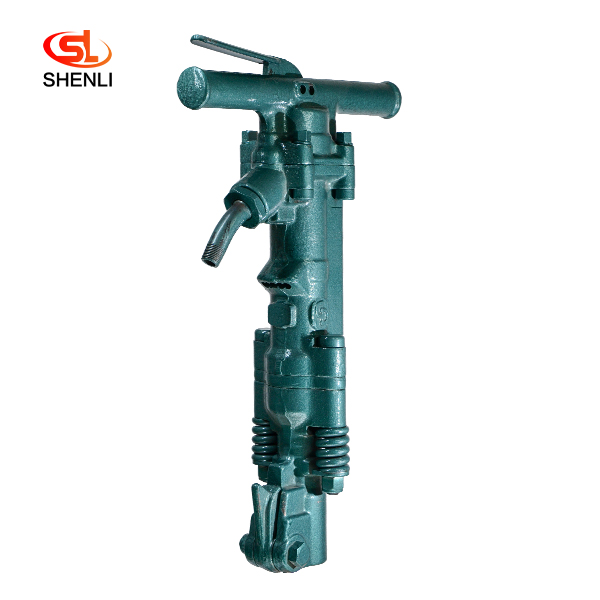
B47 Pneumatic Pick Air Shovel Cement Crusher Pneumatic Chipping Hammer
Product Description: B47 crusher adopts the mature technology of American Gardner Denver Pneumatic Group Company,It is a crushing tool powered by compressed air, which can finish r […]
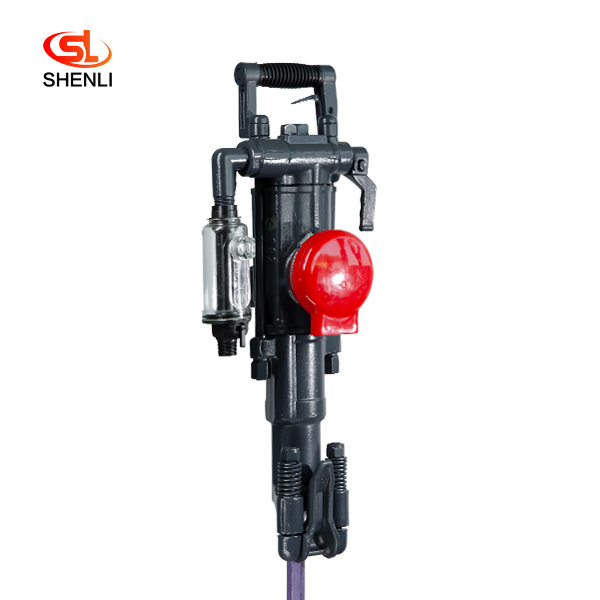
S82 Air Leg Pneumatic Rock Drill Pusher Leg Rock Drill
Scope of application: Model S82 air-legged rock drills are heavy-duty air-legged rock drills with high efficiency and low consumption, which are especially suitable for use in the […]
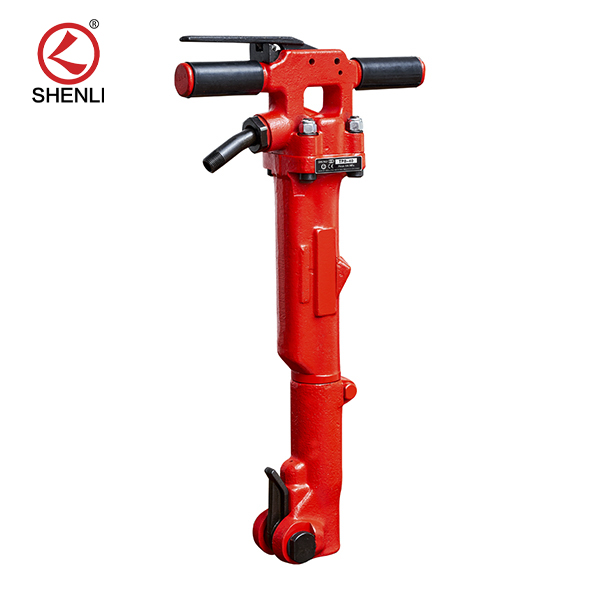
TPB40 Air Breaker Pavement Paving Breaker
Product introduction: Tpb-40 pneumatic crushing pick is a tool powered by compressed air.The compressed air is distributed to both ends of the cylinder block in turn to make the ha […]
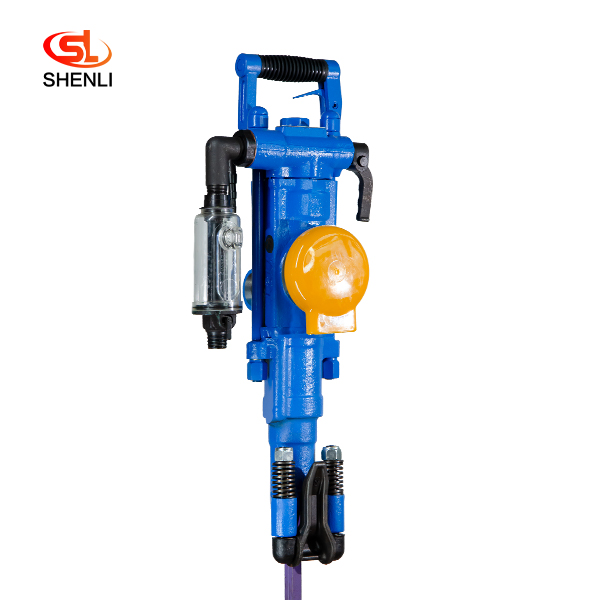
YT27 Air Leg Pneumatic Rock Drill
Short Description: The YT27 air-legged rock drill is a highly efficient lightweight rock drill suitable for downward or inclined drilling in medium-hard or hard (f=8 – 18) ro […]

Rock Drill Button Bit
Product introduction: Taper bits, especially Tapered button bits are the most popular tapered drill bits with a wide selection of head diameters from 26mm to 48mm. With carbide but […]
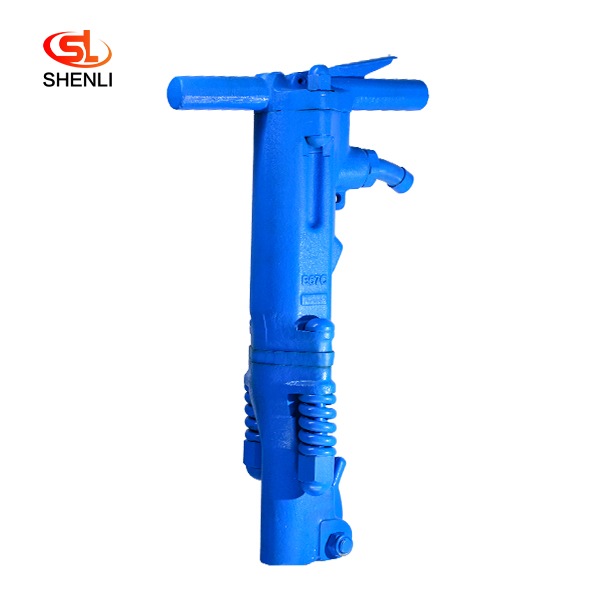
B67C Pneumatic Chipping Hammer
Product description: The B67C crusher is made from Canada. Denver pneumatic Group company mature technology, with compressed air as a power crushing tool, can efficiently complete […]
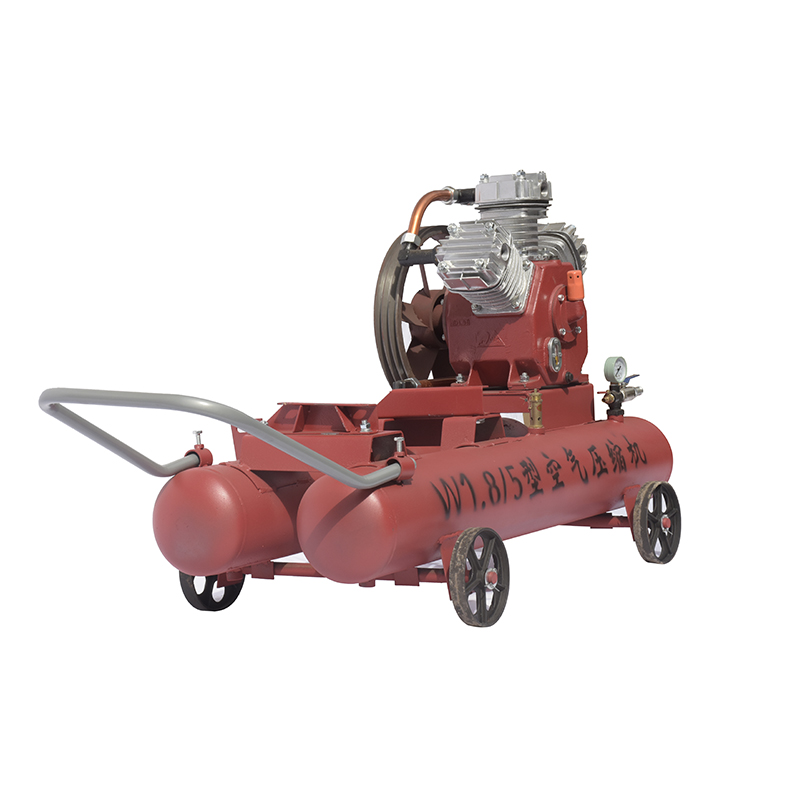
11KW Mining Diesel Piston Air Compressor W1.8-5
Diesel Portable Piston Air Compressor Mobile for Jack Hammer / Mining1.Simple structure,light weight,easy to move .2.Easy operating and maintenance.3.High quality air delivery.4.Su […]
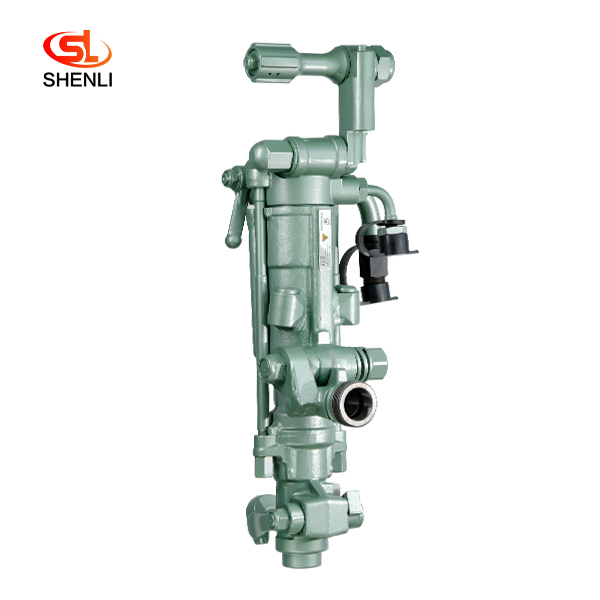
S250 Air Leg Pneumatic Rock Drill Pusher Leg Rock Drill
Product description: (S250 jackleg Drill) has been the preferred choice of miners who demand high performance, superior control and lasting reliability. the S250 jackleg allows ope […]
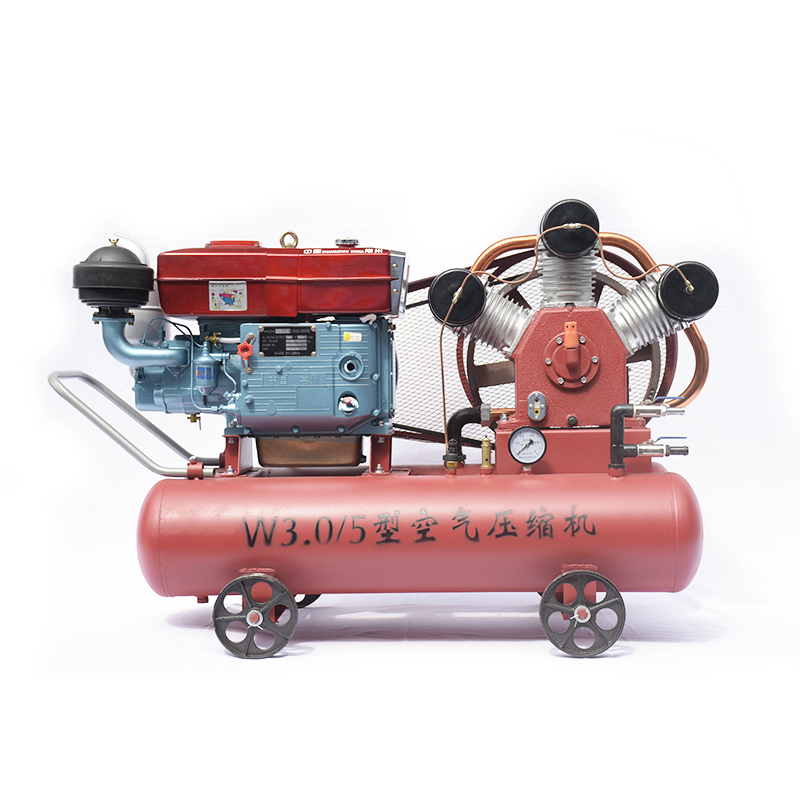
15kW Mining Diesel Piston Air Compressor W3.0-5
Diesel Portable Piston Air Compressor Mobile for Jack Hammer / Mining 1.Simple structure,light weight,easy to move . 2.Easy operating and maintenance. 3.High quality air delivery. […]